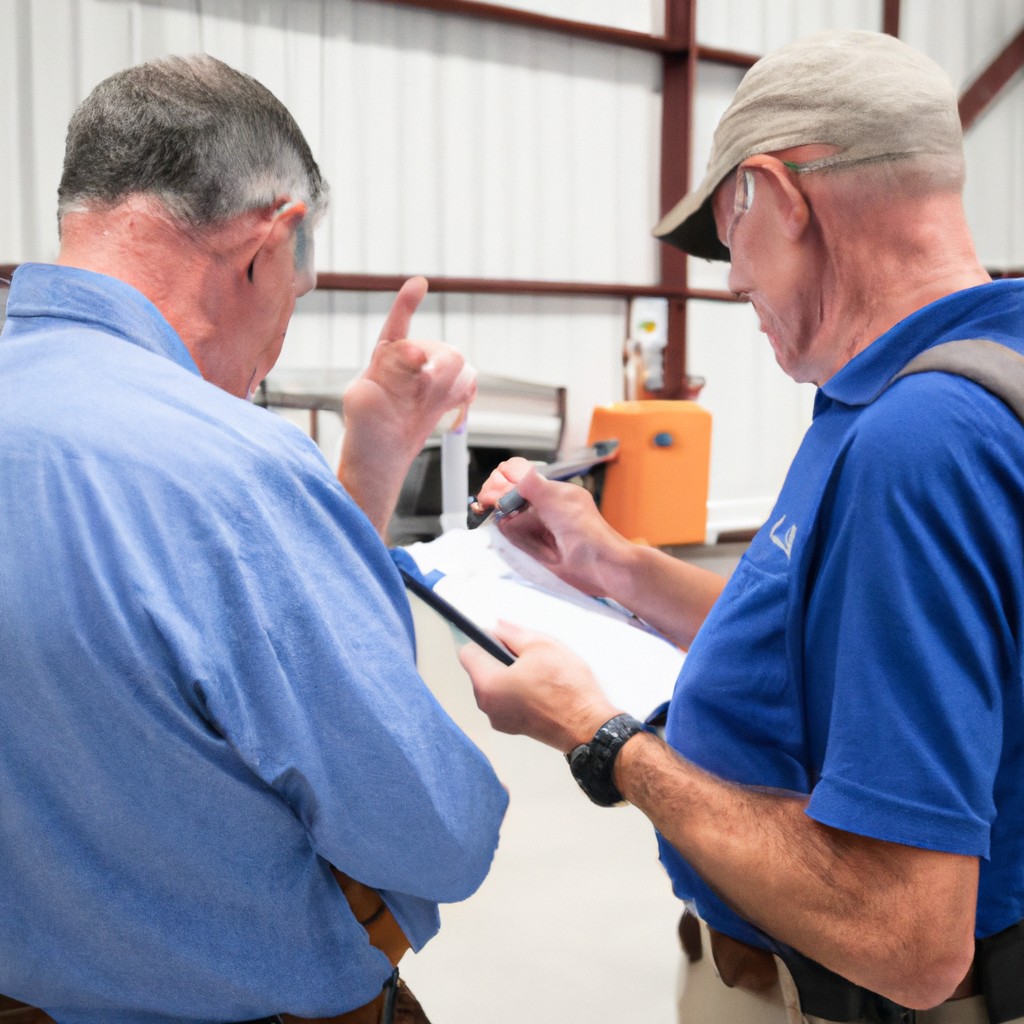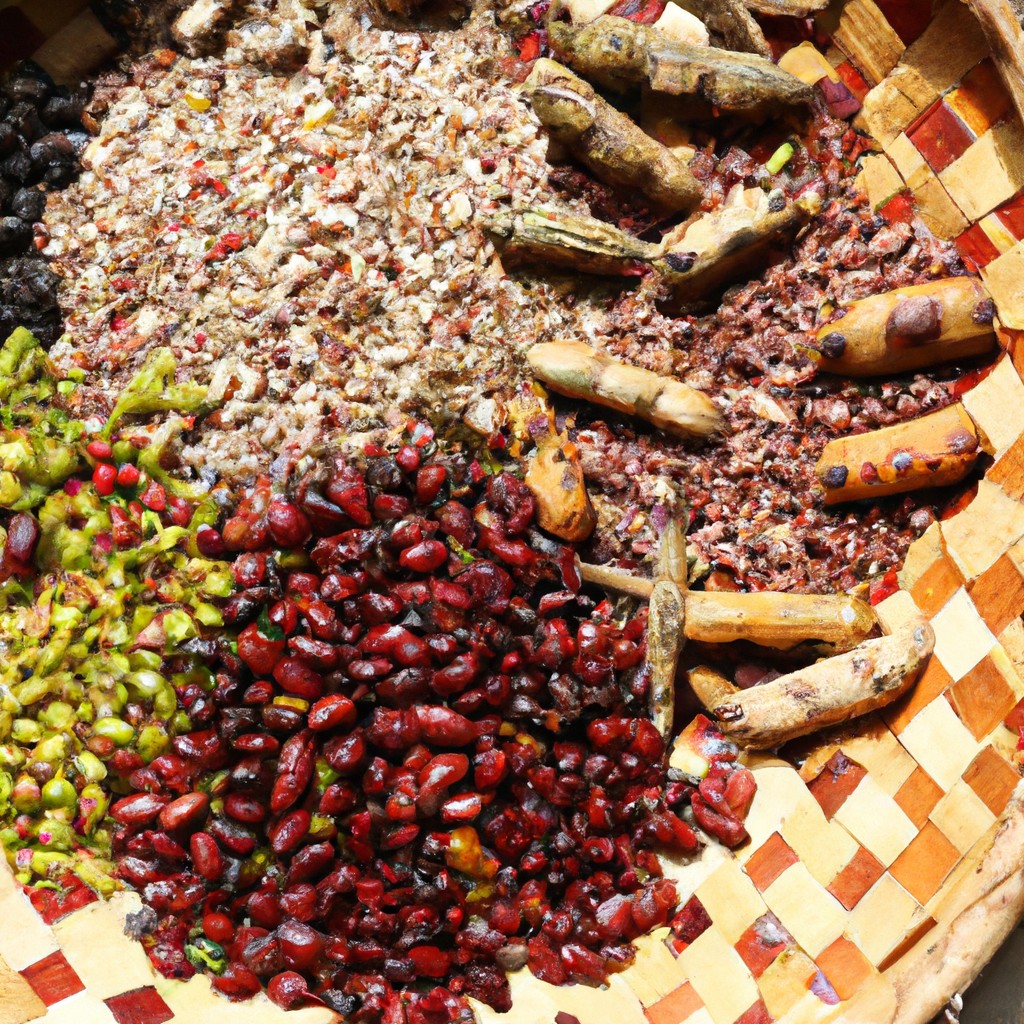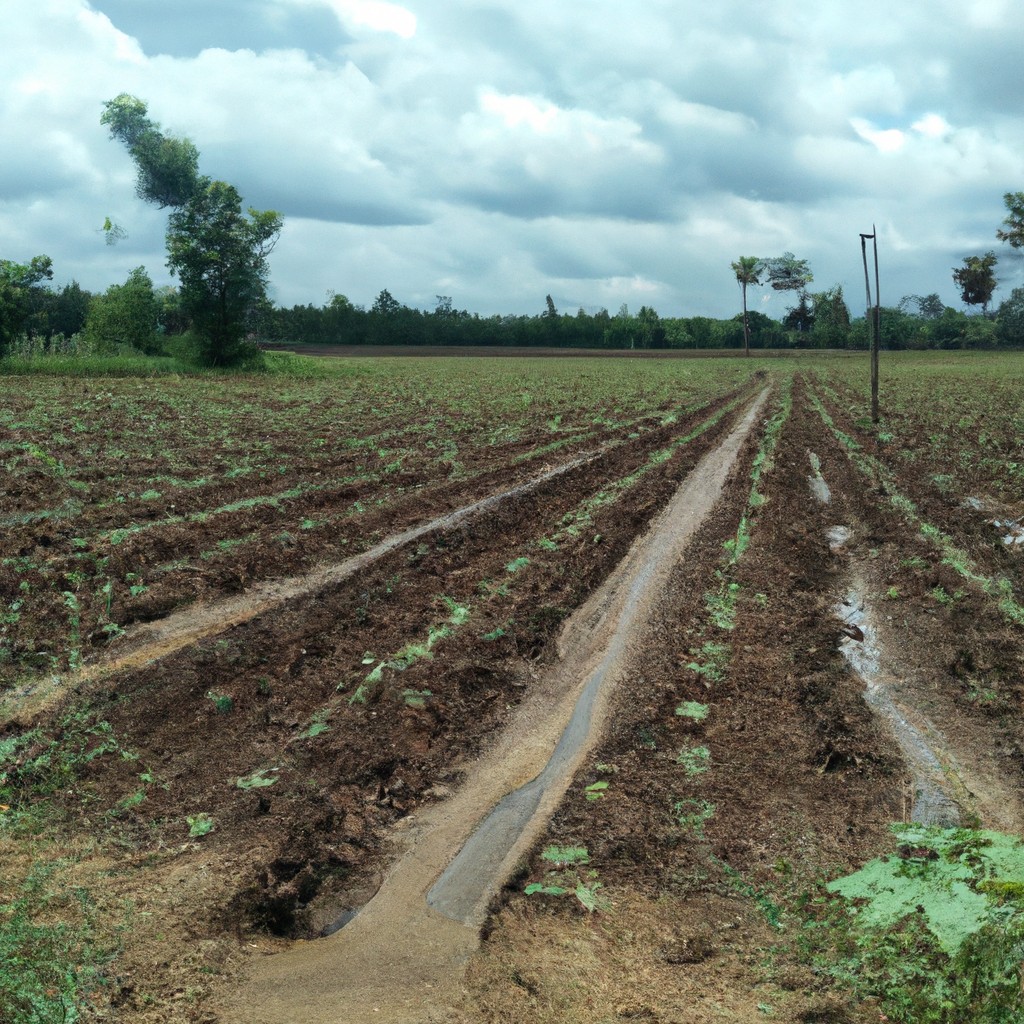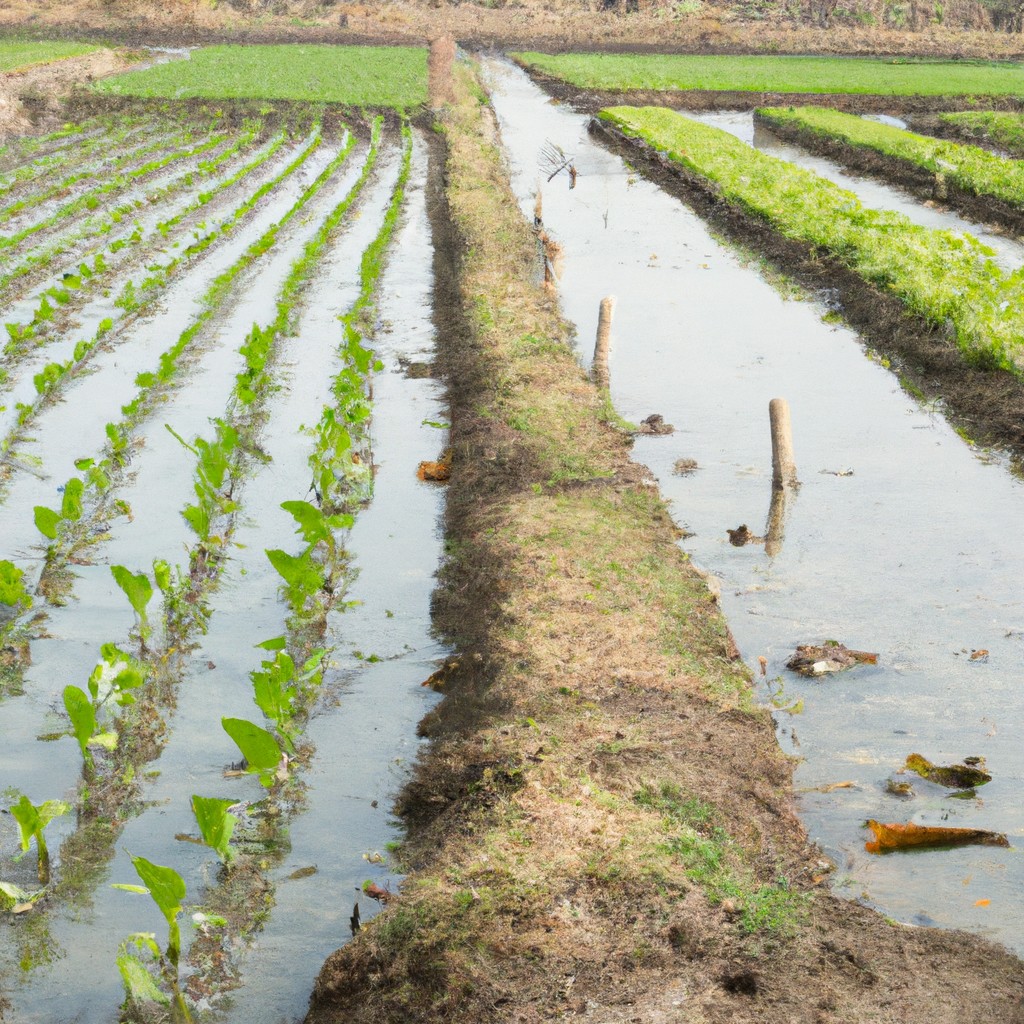Discover how agricultural science is revolutionizing sustainable farming practices and what it means for our planet’s future.
Look Inside:
History and Impact of Agricultural Science
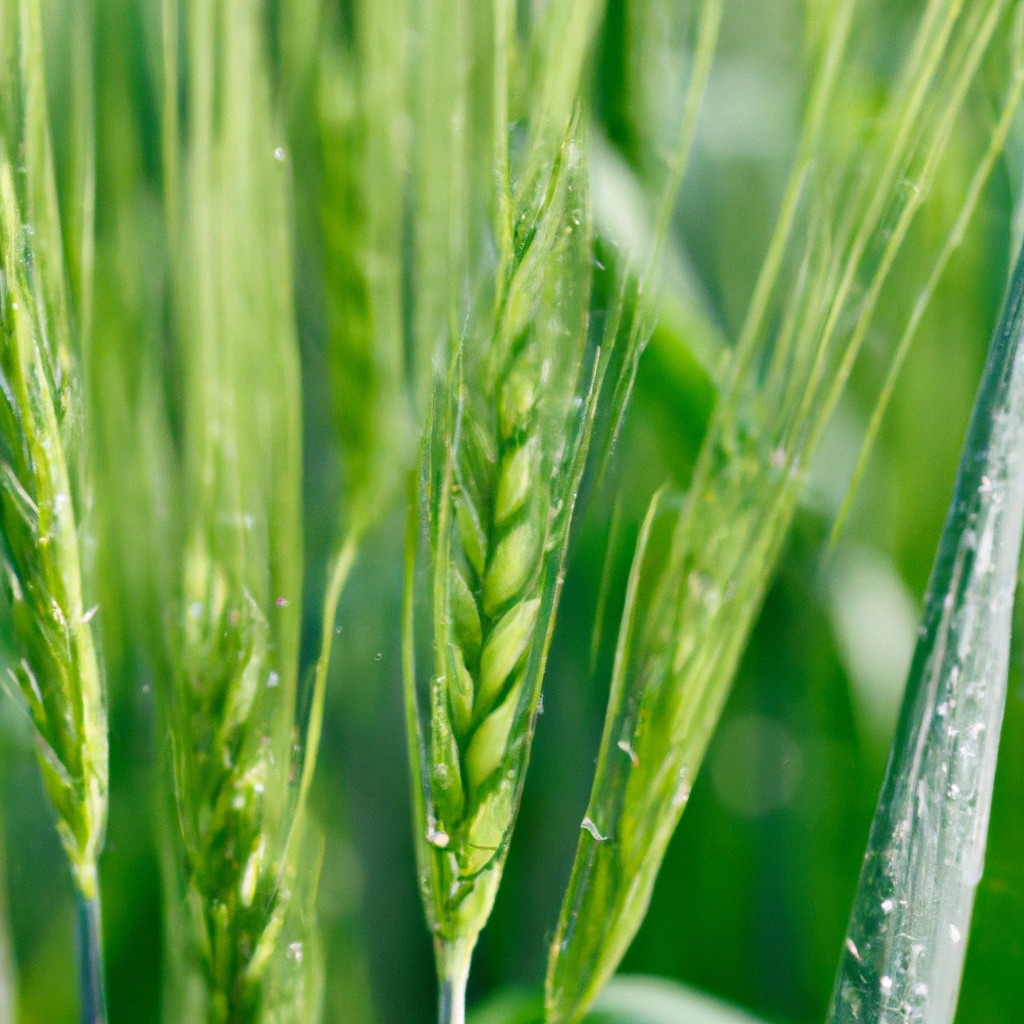
Once upon a time, farming was pure guesswork. Then, agricultural science swooped in like a caped crusader, armed with gadgets and gizmos to revolutionize the way we grow crops and raise livestock.
This field has radically transformed agriculture, waving goodbye to old practices and saying hello to precision technologies. The ripple effects are astounding:
Improved Yields: Farewell to famines. With scientific insights, farmers can now produce more with less.
Soil Science: Uncovering the secrets beneath our feet, soil science has molded sustainable land management practices.
Pest Management: Forget the creepy-crawlies crashing the crop party. Integrated pest management strategies keep them in line.
Genetic Research: Think plant superheroes. Genetics have unlocked resistant and higher-yielding crop varieties.
Environmental Impact: Science-minded agriculture works to minimize its carbon footprint and conserve water resources.
No longer just in the business of growing food, agricultural science works to harmonize productivity and sustainability, ensuring that our dinner plates and the planet stay happy. Farming’s version of happily ever after.
Prominent Figures in Agricultural Science
From soil-stained lab coats to innovative crop rotations, these folks changed the game. Norman Borlaug, the wheat whisperer, spearheaded the Green Revolution, saving billions from famine. Who knew a scientist could have fans? Then there’s George Washington Carver, the plant prodigy, who made peanuts so versatile they might just run for office next!
Rachel Carson might not have spent her days playing with crops, but her work “Silent Spring” sprouted the environmental movement, making our fields greener and cleaner. Just imagine fields of produce whispering “thank you.”
And don’t forget Vandana Shiva, a fierce advocate for biodiversity. With a passion usually reserved for a high-stakes chess match, she’s all about seed freedom and sustainability. So, there you have it—some serious movers and shakers in agricultural science.
Key Disciplines and Interdisciplinary Links
Imagine agricultural science as a big, bustling farmers’ market, where every stall offers something unique and flavorful. You’ll find agronomy dishing out tips on crop production, while plant pathology brings the latest gossip on plant pests and diseases. Soil science may not sound like a party, but it’s rocking out with nutrients and soil health.
Then there’s heavy-hitter biosystems engineering, busy designing everything from eco-friendly tractors to robot bees. Food science, of course, is having a great time experimenting with taste and shelf life.
Beyond these core stalls, agricultural science gets its groove on with other fields. It parties with economics to predict market trends and partners with environmental science to secure a happier planet. Social sciences join the fray, helping foster community-centric farming innovations.
This splendid fusion of disciplines keeps agricultural science as dynamic and diverse as a barnyard karaoke night—unexpected but undeniably essential.
Central Research Areas in Agricultural Science
Plant genetics unveils nature’s blueprints, improving crop resilience faster than you can say “mutant corn”. It’s like giving plants superhero costumes while ensuring they are more Clark Kent than Kryptonite. This is crucial for feeding our increasing population without turning every field into a concrete jungle.
Soil science strikes a balance between what lies beneath our feet and what ends up on our plates. It’s the unsung hero, transforming dusty terrain into a nutrient-rich buffet. Keeping the soil healthy prevents it from plotting its revenge with landslides or barren stares.
Precision agriculture is farming with a GPS. Literally. It’s like giving tractors their personal trainers. With drones and data, it’s all about hitting the bulls-eye of efficiency without squinting. This technique ensures resources are used wisely—if fields had piggy banks, precision ag would keep them fat and happy.
Climate-smart agriculture is like having an AC unit for crops that works in harmony with the environment. It’s all about adapting to climate change’s mood swings while reducing greenhouse emissions. Farmers become maestros of managing carbon footprints, turning CO2 into just a whisper in the wind.
Integrated pest management doesn’t mean sending pests to boarding school—but rather encouraging beneficial bugs as bouncers at Nature’s exclusive club. This approach cuts down on chemical use and keeps ecosystems from throwing chaotic garden parties. Consider it a bug-friendly approach to pest control.
Influential Educational Programs and Institutions
In the realm of agricultural learning, Hogwarts has nothing on these. Prestigious programs sprout around the globe, equipping future farming wizards with green thumbs and sharp minds.
Land-grant universities in the United States, like Cornell and UC Davis, are powerhouses in agriculture studies. Their magic? Practical research and community extension programs that make sustainable farming feel like a walk in the (well-irrigated) park.
Across the pond, Wageningen University in the Netherlands is a titan in agriscience. Their focus on innovation helps grow minds, while promoting global food security. You might say they’re planting seeds for the future, one student at a time.
The University of São Paulo in Brazil is a juggernaut of tropical agricultural research. Think vibrant, resilient crops thriving in samba time.
These halls of learning not only cultivate knowledge but also a love for the land. A better future is the prize, and the students are game for it.
